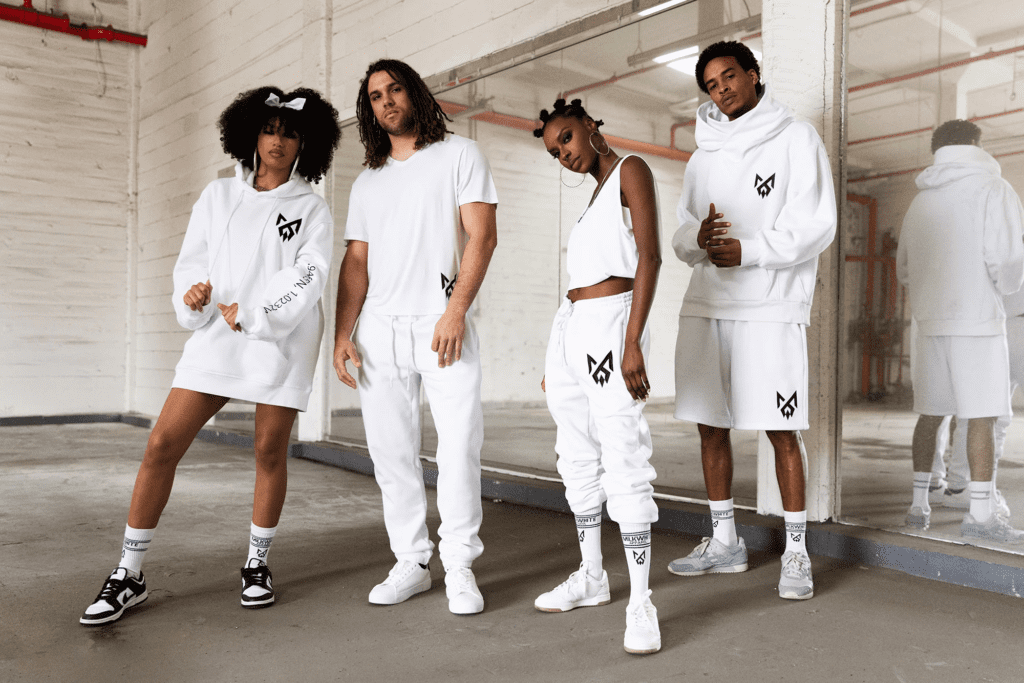The Rise of Sustainable Clothing: Fashion with a Conscience
Table of Contents
ToggleIntroduction
As awareness of environmental issues grows, sustainable clothing has emerged as a transformative force in the fashion industry. This movement emphasizes ethical production, eco-friendly materials, and conscious consumerism, challenging the fast fashion model that has dominated for decades. In this blog, we’ll explore the principles of sustainable clothing, its benefits, and practical tips for embracing a more sustainable wardrobe.

Understanding Sustainable Clothing
Definition and Principles
Sustainable clothing refers to garments produced in ways that minimize environmental impact and promote social responsibility. Key principles include:
- Eco-Friendly Materials: Using organic, biodegradable, and recycled materials reduces the ecological footprint of clothing production. Common sustainable fabrics include organic cotton, hemp, Tencel, and recycled polyester.
- Ethical Labor Practices: Sustainable brands prioritize fair wages, safe working conditions, and respect for workers’ rights. This ensures that the people involved in the production process are treated fairly.
- Waste Reduction: Sustainable fashion aims to reduce waste through practices like upcycling, recycling, and creating timeless pieces that encourage consumers to buy less.
- Transparency: Many sustainable brands provide transparency about their sourcing, production processes, and labor practices, allowing consumers to make informed choices.
The Impact of Fast Fashion
The rise of fast fashion has led to significant environmental and social challenges. The fashion industry is one of the largest polluters globally, contributing to water pollution, waste, and greenhouse gas emissions. Fast fashion encourages overconsumption, with clothes designed to be worn a few times before being discarded, leading to millions of tons of textile waste each year.
Benefits of Sustainable Clothing
1. Environmental Preservation
Sustainable clothing plays a crucial role in protecting the environment. By using eco-friendly materials and reducing waste, it helps conserve resources and minimize pollution. For example, organic cotton uses less water and eliminates harmful pesticides, while recycled materials reduce the need for virgin resources.
2. Ethical Production
Supporting sustainable brands means advocating for fair labor practices. Ethical fashion ensures that workers receive fair wages and work in safe conditions, promoting social justice in the industry. By choosing sustainable clothing, consumers can make a positive impact on the lives of those involved in the production process.
3. Quality and Longevity
Sustainable clothing often emphasizes quality over quantity. By investing in well-made, durable pieces, consumers can enjoy their clothing for longer periods. This not only reduces waste but also promotes a more thoughtful approach to fashion, encouraging individuals to value their garments rather than viewing them as disposable.
4. Unique Styles
Sustainable fashion brands often focus on timeless designs that transcend trends. This means that sustainable clothing can stand out in a sea of fast fashion, allowing individuals to express their unique style without conforming to fleeting trends.
How to Embrace Sustainable Clothing
1. Assess Your Wardrobe
Start your sustainable fashion journey by evaluating your current wardrobe. Identify pieces you love, wear frequently, and those that no longer serve you. Consider donating or recycling items that are in good condition but no longer fit your style or needs.
2. Choose Quality Over Quantity
Invest in high-quality, timeless pieces that will last. Look for durable fabrics, well-constructed garments, and versatile designs that can be mixed and matched. A smaller, curated wardrobe of quality items can often serve you better than a large collection of fast fashion.
3. Support Sustainable Brands
Research and choose brands that prioritize sustainability and ethical practices. Look for certifications such as GOTS (Global Organic Textile Standard) or Fair Trade, which indicate a commitment to environmentally friendly and ethical production methods.
Some notable sustainable brands include:
- Patagonia: Known for its commitment to environmental responsibility and ethical labor practices, Patagonia produces durable outdoor clothing and encourages repair and recycling.
- Everlane: Focused on transparency, Everlane provides details about its production processes and offers high-quality basics made from sustainable materials.
- Reformation: This brand combines trendy designs with sustainable practices, using eco-friendly materials and promoting a more sustainable lifestyle.
4. Explore Second-Hand Options
Thrifting and shopping second-hand is a fantastic way to embrace sustainable fashion. Vintage and pre-loved clothing reduce waste and give garments a new life. Explore local thrift stores, online resale platforms, or clothing swaps to find unique pieces while minimizing your environmental impact.
5. Mindful Consumerism
Adopt a more mindful approach to shopping. Before making a purchase, consider the following:
- Do I really need this?: Assess whether the item will fill a gap in your wardrobe or if it’s an impulse buy.
- Is it versatile?: Choose items that can be styled in multiple ways and worn on various occasions.
- What’s the brand’s impact?: Research the brand’s practices and values to ensure your purchase aligns with your commitment to sustainability.
6. Care for Your Clothes
Taking proper care of your clothing can significantly extend its lifespan. Follow these tips:
- Wash Less: Avoid washing items after every wear, as this can lead to wear and tear. Spot clean when possible.
- Use Cold Water: Washing in cold water saves energy and is often gentler on fabrics.
- Air Dry: Whenever possible, air dry your clothes to prevent damage from the dryer.

The Future of Sustainable Fashion
Innovations and Trends
The future of sustainable fashion is bright, with ongoing innovations aimed at reducing the industry’s environmental impact. Emerging trends include:
- Biodegradable Fabrics: Research is underway to create new materials that decompose naturally, minimizing waste.
- Rental and Subscription Services: Clothing rental services allow consumers to enjoy a variety of styles without the need for ownership, reducing the demand for new clothing.
- Digital Fashion: Virtual clothing and fashion shows are gaining popularity, allowing consumers to experience fashion without the environmental footprint associated with traditional fashion shows.
Collective Responsibility
The shift towards sustainable clothing requires collective action. Consumers, brands, and policymakers must work together to create a more sustainable fashion industry. By advocating for transparency, supporting ethical brands, and making conscious purchasing decisions, we can drive meaningful change.
Conclusion
Sustainable clothing is more than a trend; it represents a fundamental shift in how we approach fashion. By prioritizing eco-friendly materials, ethical production, and mindful consumption, we can redefine our relationship with clothing and contribute to a more sustainable future.
As individuals, we have the power to make choices that reflect our values. Embracing sustainable fashion not only benefits the environment but also fosters a sense of community and responsibility. By investing in quality, supporting ethical brands, and adopting mindful habits, we can create a wardrobe that aligns with our commitment to a better world. Let’s choose fashion that cares for both people and the planet.


